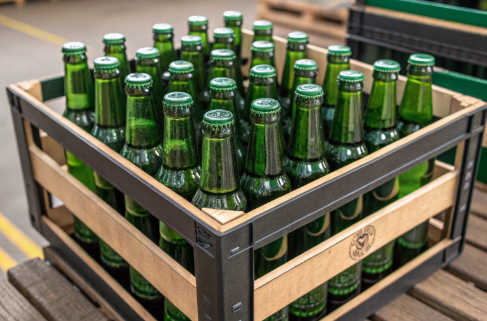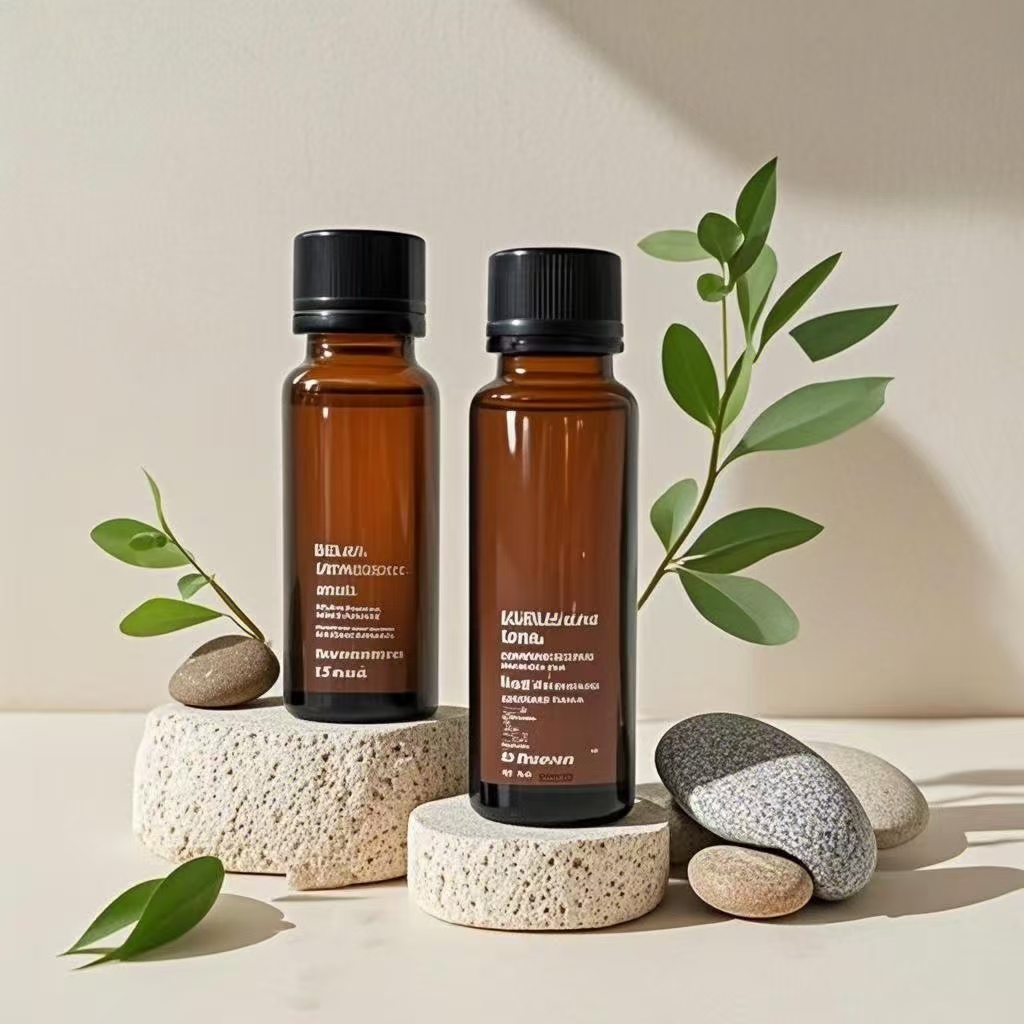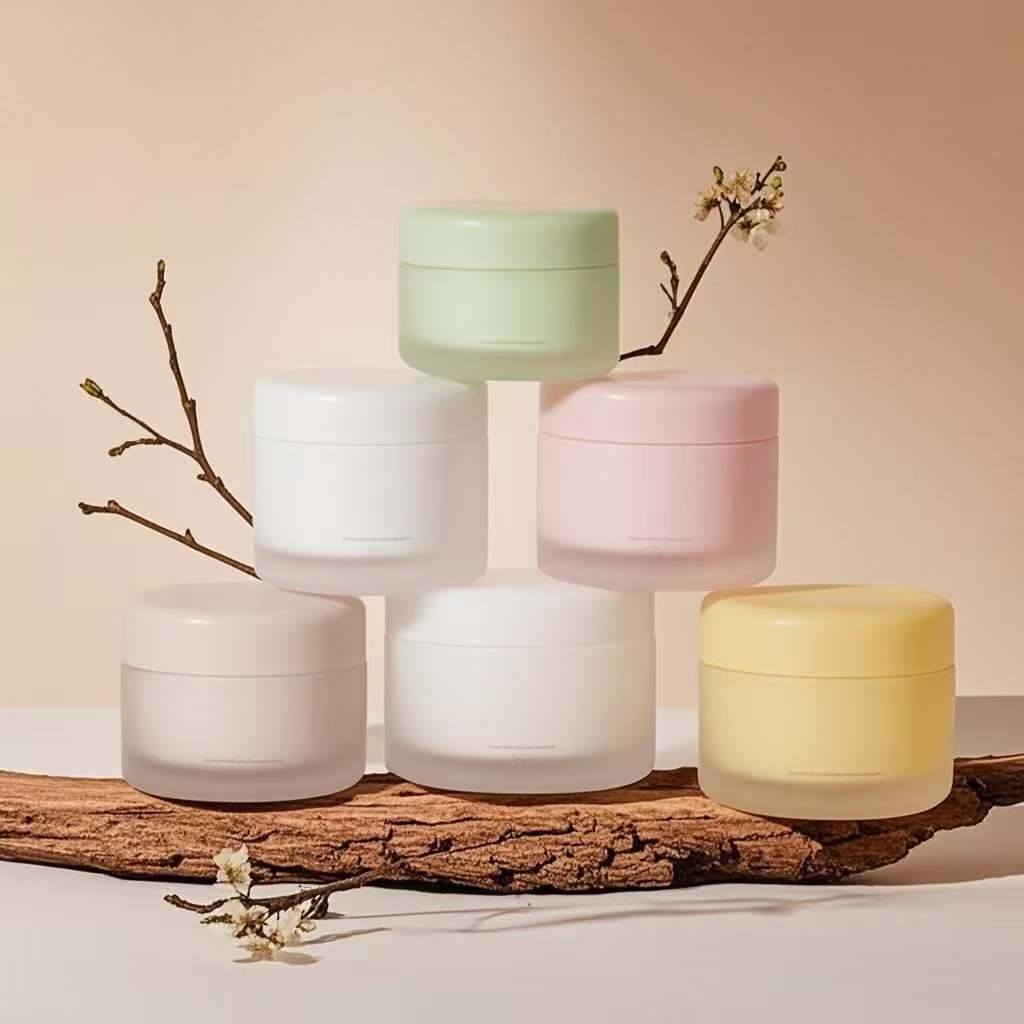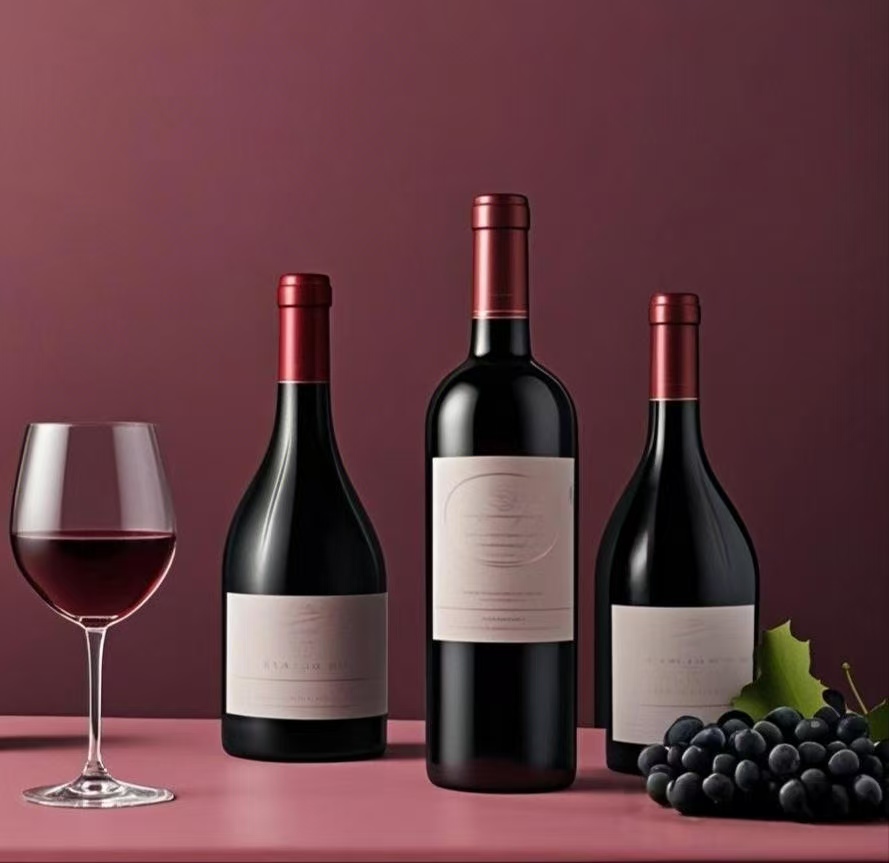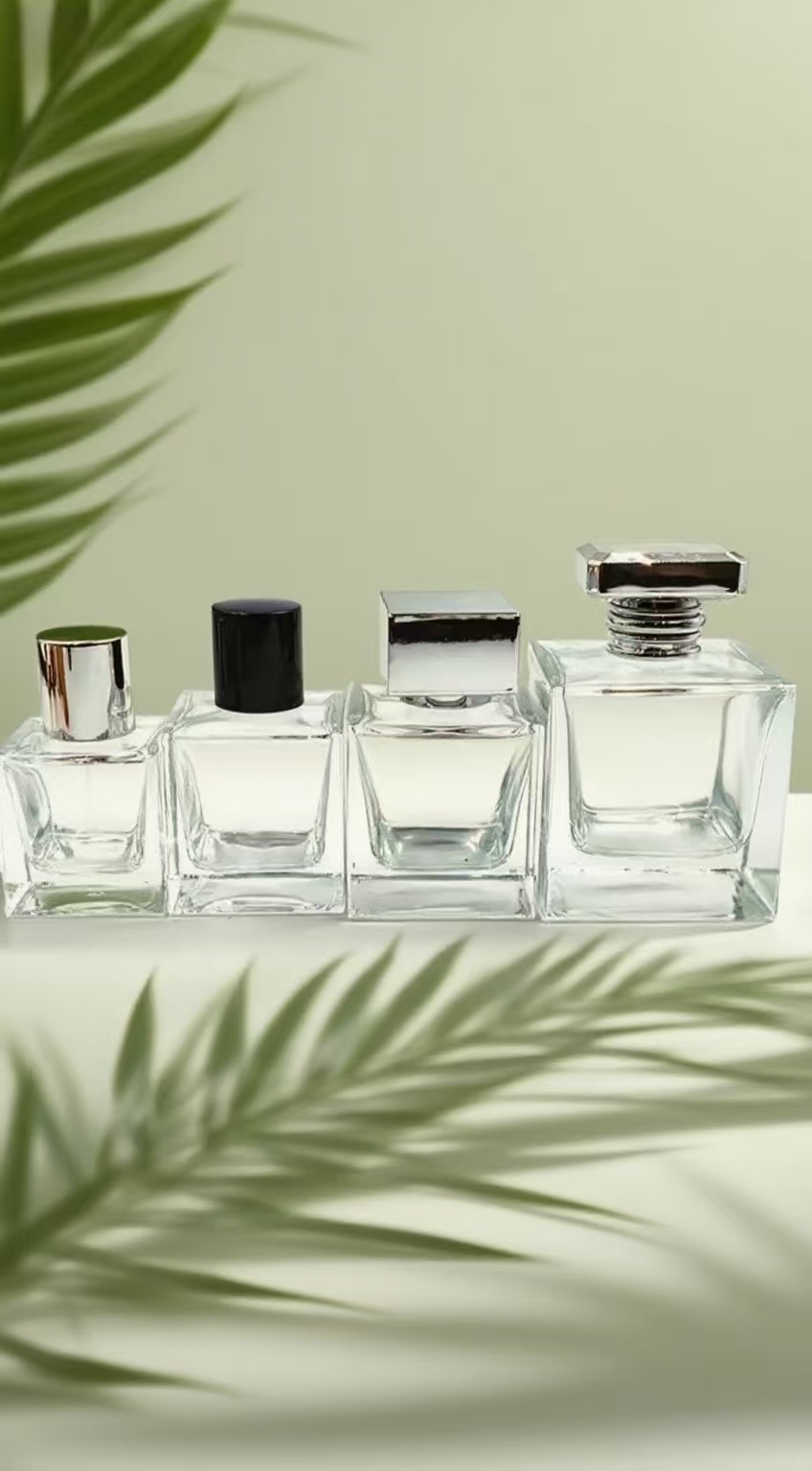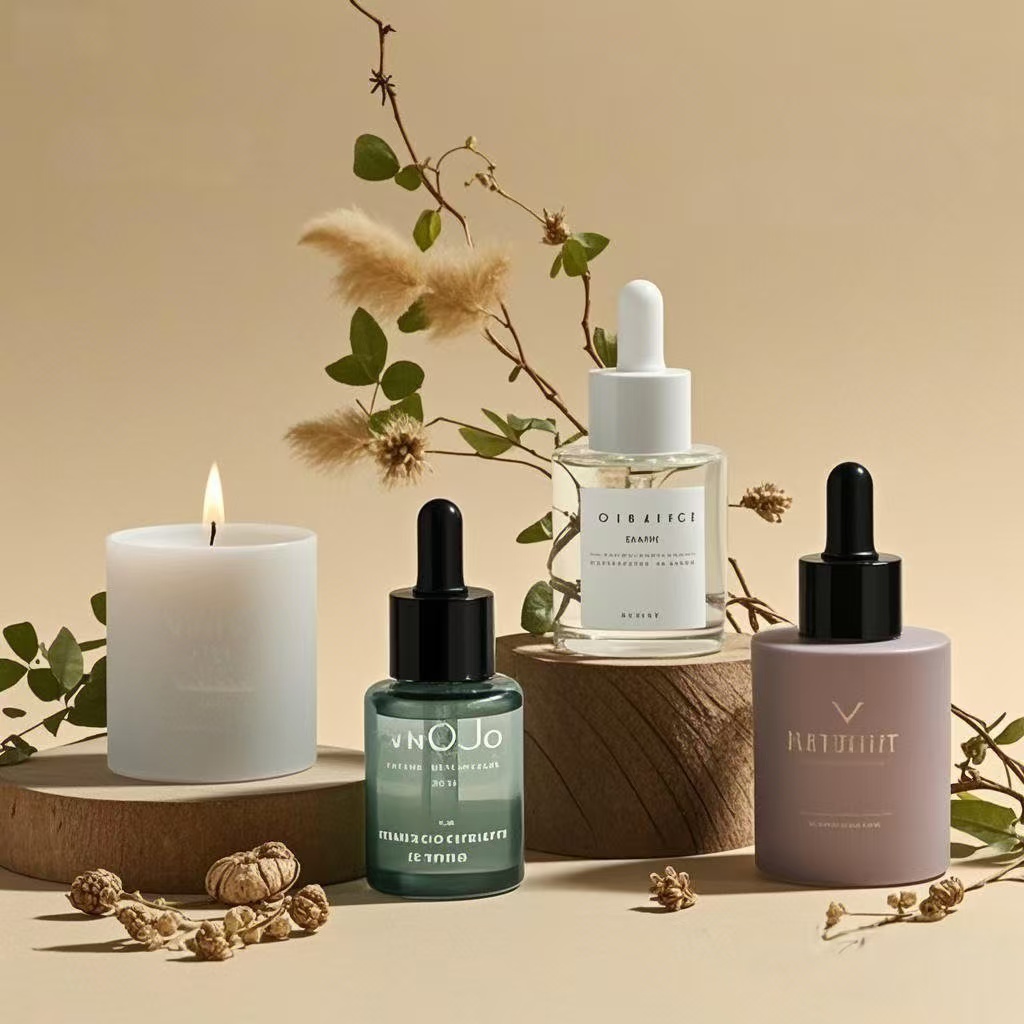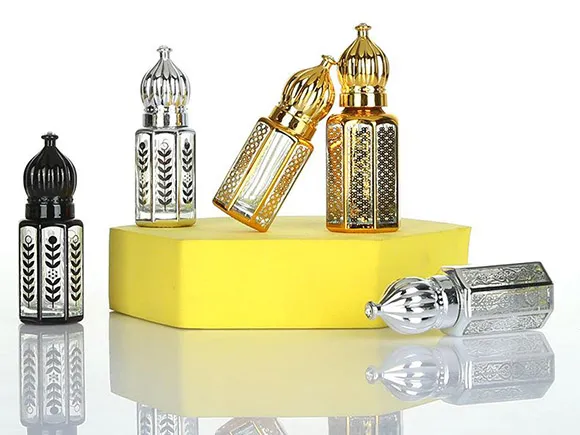Greenbeer bottlesare glass containers often used by breweries to store and ship beer. The green comes from added metal oxides in the glass, which help block some sunlight and keep beer fresh in transit. Most of the famous European and world-beer brands use green bottles due to their iconic appearance and durability. To demonstrate how green beer bottles influence taste, brand and recycling, the following sections provide additional information.
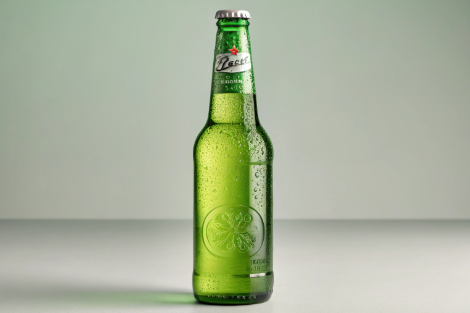

Why Green Beer Bottles Exist
There are practical, cultural, and historic reasons why greenbeer bottlesexist. They provide some protection for beer and have become a symbol of heritage for many markets. Light can alter the flavor and aroma of beer. Sunlight, especially, induces a chemical reaction called skunking, which flavors beer off. While all colored glass is beneficial, amber or brown bottles stop approximately 98% UV rays. Green bottles don’t block as much, but they still protect more than clear glass. This is why green glass is a clever alternative when amber isn’t available, or when custom or market demands it.
The green bottle imperative began in WW2. There was an amber glass shortage – the predominant kind at the time for beer bottles. Brewers were forced to seek alternatives. Green glass was more readily available, so it became a common alternative. That decision stuck, even in the post-war period. Since most breweries continued to use green bottles, they took what was originally a temporary solution and turned it into a longterm brand identity. In certain regions, bottle color became associated with quality. For instance, in Germany and Belgium, green bottles frequently signify tradition and heritage. In most European countries, green bottles are associated with higher-end or imported brews. This connection forms buyers’ perceptions of products and their decisions.
Green beer bottles even come into play with contemporary sustainability. A lot of our buyers and distributors prefer to have environmentally friendly packaging. Green glass, of course, can be recycled repeatedly. It’s frequently crafted with a high percentage of recycled material.
|
Sustainability Aspect |
Green Glass Bottles |
|---|---|
|
Recyclability |
100% recyclable |
|
Recycled Content |
Often over 60% recycled glass |
|
Energy Use |
Lower with recycled material |
|
End-of-life Management |
Widely accepted in glass recycling streams |
The Chemistry of Color
Beer bottlecolor is not just a design element. It even influences the effectiveness of a bottle in protecting beer from light, a key consideration in beer’s flavor and shelf-life. Like most glass bottles, it’s soda-lime glass – a combination of silicon dioxide, calcium oxide and sodium oxide – colored with tiny amounts of transition metal or rare earth oxides. There are three main ways to make colored glass, but the outcome for beer is the same: the color controls how much light gets in.
-
When beer is exposed to light, particularly UV, a chemical reaction can break down iso-alpha acids from hops and intermix them with sulfur compounds. This produces 3-methyl-2-butene-1-thiol — a foul-smelling, skunk-like compound. Green glass blocks some UV but not as much as brown. Amber/brown bottles prevent approximately 98% of damaging UV rays, preventing the majority of lightstruck reactions. Green bottles let in more light, so beer in them still gets that off-flavor. Clear glass is the least protective, but some apply UV coatings to assist.
-
These chemical changes degrade beer quality quickly. Even brief exposure to light can alter the flavor, imparting a skunky or stale taste to beer. That’s why brown bottles have been the norm for many quality-oriented and export-stability-minded breweries.
-
Green and clear bottles are still prevalent, particularly for labels utilizing them to differentiate themselves. Green bottles used to mean premium import beer and some consumers still associate green glass with high value. Marketing teams do this to affect the way people perceive it, even though brown glass might preserve the flavor better.
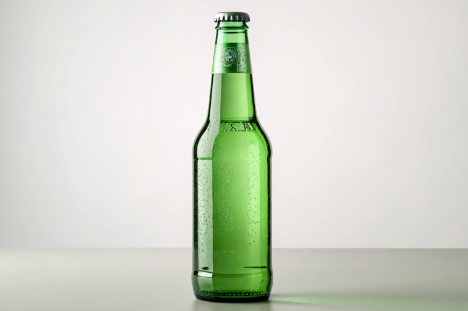

The Global Green Divide
Beer bottlecolor tells you so much about the market and the history behind it. Some communities choose green bottles as a mark of distinction or tradition, while others opt for amber or clear glass. In Europe, green bottles are associated with top-drawer lagers and legendary brands, rooted in ancient brewing traditions. Brown bottles are ubiquitous in North America and parts of Asia because of their UV protection, which keeps the beer fresh longer. Clear bottles are more stylish, but they allow more light to pass through, which can damage the beverage.
Local brewing customs and tradition influence these decisions. For others, green glass connotes luxury, even if it blocks very little UV. Brown glass triumphs for form, particularly in beer’s quality and shelf life-sensitive areas. In a lot of areas, green bottles is less about science and more about what we’ve always done.
-
Many buyers in Europe associate green bottles with premium beer.
-
Brown bottles are preferred by taste-and-freshness-oriented breweries.
-
Young consumers sample translucent bottles for fashionable appearance, not utility.
-
Others cling to green just for specialty brews, like pilsners.
-
Global buyers are confused about why green is still being used.
-
Some clients are requesting greener, or recycled, packaging.
For breweries, selecting bottle color is a business decision. It’s what makes brands iconic, but it means thinking local and global. With more stringent green policies in certain markets, particularly developed countries, breweries might have to redesign their materials. The color divide indicates a larger global divide on what “green” really means—whether it’s about heritage, aesthetics or actual sustainability.
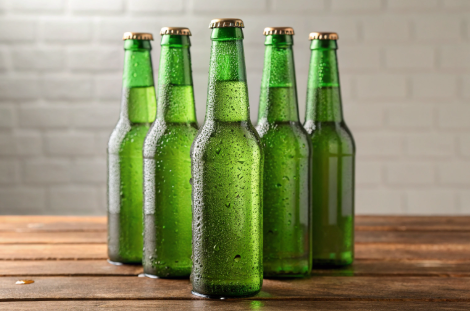

Iconic Green Bottle Brands
Green bottles have defined beer branding, particularly in Europe, where visual identity connects to heritage and flavor. It’s not simply the aesthetics of the green glass. It connects to both heritage and the way breweries want to differentiate themselves in a saturated market. Numerous iconic green bottle brands
-
Heineken: A Dutch classic, famous for its bright green bottle and red star logo.
-
Grolsch: Known for its swing-top cap, which is easy to reseal and keeps beer fresh longer.
-
Beck’s: German pilsner that uses a green bottle as a marker of its roots.
-
Lowenbrau and Warsteiner: Both use green glass, reflecting old-world brewing pride.
-
Amstel Light, Harp Lager, Kirin Ichiban, Asahi Super Dry: Each brand uses the green bottle to show a blend of tradition and modern brewing.
-
Sol and Corona: Use clear and green bottles, but green is key for certain markets.
-
Budweiser and Miller High Life: At times, they’ve offered green-bottle versions for special events or limited runs.
-
US legacy: Past brands like Rainier Ale, Mickey’s Big Mouth, Ballantine XXX Ale used green bottles.
Design is not just color. Grolsch’s swing-top is one good example. It’s not just eye-catching but keeps beer fresh, which matters to both taste and the buyer’s experience. Just as a green bottle with distinctive etchings makes a beer distinctive on store shelves and in ads.
Branding goes beyond aesthetics. A number of breweries remain in green bottles as a nod to their heritage. Brewing heritage, particularly in Europe, is a huge piece of the puzzle. Post WW2, brown glass was scarce and brewers turned to green, and that became part of their identity. Iron oxide and other impurities in glass produced green-tinted early bottles that evolved into a mark of genuineness.
There’s a trade-off: Green glass blocks less UV light than brown, so beer can spoil faster. Most brands continue to bottle in green and cure this with superior coatings that block more UV light, preserving the taste. This equilibrium of old and new—heritage with new tech—keeps these brands trusted by buyers around the globe.
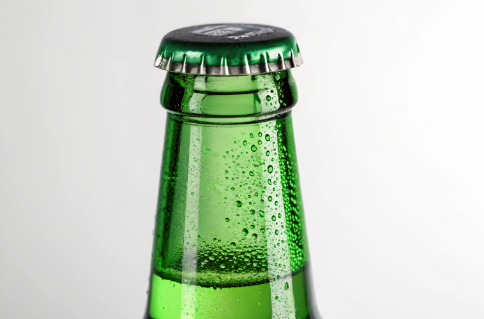

The Green Bottle Dilemma
Green glass is time-honored in beer packaging. It provides a classic appearance that pops on the shelf. A lot of breweries put their beer in green bottles as a sign of tradition and connection to heritage, particularly in Europe. During WWII, amber glass was scarce, so brewers turned to green out of necessity. Eventually this became a hallmark of quality brands and old-world fashion.
Green bottles have both strengths and drawbacks for beer makers and sellers:
-
Pros. .* Green glass blocks some UV rays, which helps slow down chemical changes in beer. This provides something of a protection versus clear glass. .* The green is distinctive and associated with top-of-the-line or imported brews in the psyche of most consumers. .* To some imbibers, the distinctive ‘skunky’ taste is a mark of genuinity, particularly in European lagers. .* Green bottles make great marketing – a story of tradition and quality.
-
Cons. .* Green glass does not filter much light in the 300–500 nm region. That leaves beer in green bottles still susceptible to photoxidation. When light strikes the beer, it degrades hops. This produces a chemical called MBT, which has a strong, skunky odor. .* Beers that begin with a clean taste but turn sour after awhile, damaging the brand. .* Amber glass or aluminum cans do a far better job of blocking and keeping beer fresh. .* Green glass recycling rates can be lower in areas without robust systems.
Green bottles versus cans is a complicated tradeoff between aesthetics, taste, and sustainability. Cans obfuscate light and ship well, but don’t have the visual shine of glass. Teaching influences the buyers’ perception of green bottles. Some embrace the taste as an element of the beer’s style, while others regard it as a defect.
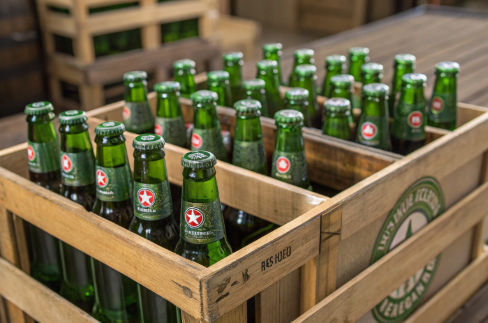

The Future of Beer Packaging
Greenbeer bottleshave a storied history, yet they remain center stage as the beer industry confronts fresh demands to go green. Most breweries cling to green glass because they can, because of tradition, but the rest of the world is moving on. Laws, buyers, and the planet are pushing the future of beer packaging. The direction is obvious–more clever, more clean, more simple beer packaging is going to continue to explode.
The majority of purchasers – particularly younger imbibers – do care how something is packaged. 8 in 10 in this group say they seek out green options when they shop. For brewers, that translates to old ways in need of a refresh. Old green glass is now exchangeable for PCRG. Some wine bottles are already 100% PCRG, and beer can emulate this. Employing PCRG reduces waste and decreases the carbon footprint, which can be up to 40% of a beverage’s total footprint.
Regulation is closing in as well. Rules such as California’s WDRs force firms to reduce waste and demonstrate their green assertions. Green labels and transparent accounting are no longer just a marketing tool. They’re important to consumers and influence a brand’s reputation globally. More prevalent are returnable glass bottles and innovative bundling designs. They save on materials, simplify recycling and assist brands in shelf differentiation.
Below is a summary of key future trends:
|
Trend |
Example/Impact |
Sustainability Impact |
|---|---|---|
|
PCRG use in bottles |
100% PCRG wine/beer bottles |
Cuts waste, lowers CO₂ |
|
Returnable bottle systems |
Deposit schemes in Europe, Asia |
Less waste, reuse |
|
Eco-friendly bundling |
Minimalist, recyclable packaging |
Cuts material use |
|
Green certifications |
Third-party eco labels, clear impact data |
Builds trust, meets law |
Conclusion
Greenbeer bottleshave a tale, one with origins in culture, science, and commerce. Some brands remain with green glass for its distinctive appearance or tradition, while others choose different directions for increased shelf life or price. Stroll down a beer aisle in Berlin, Cape Town or Los Angeles and green bottles still leap off the shelf. Some people look at green glass and think snappy pilsners or a traditional lager. Slow is change, yet it never ceases its motion. More brewers these days seek clever ways to reduce waste or simply use less glass. For the scoop on our style or to inquire about custom bottle offerings, contact us for a complete spec or chat with our crew.
Frequently Asked Questions
Why are some beer bottles green instead of brown or clear?
Green bottles were brought in when there was a shortage of brown glass. Green glass provides some protection from light, but less than brown bottles. Now, green bottles are just branding and tradition.
Does the color of a beer bottle affect the taste of the beer?
Bottle color does matter. While brown bottles provide the best protection from sunlight, thus helping prevent beer from developing a “skunky” taste, green bottles offer less protection, but they’re still better than clear bottles.
Are green beer bottles used worldwide?
Green beer bottles are common throughout much of the world, notably Europe. They’re used differently worldwide. In many countries they use brown bottles because it’s better quality beer, in some cases they use green for branding.
Which famous beer brands use green bottles?
Heineken, Peroni, Carlsberg and a whole host of iconic brands that use green bottles. Green’s eye catching qualities assist in these brands distinction and it is imbued with an international identity.
Is green glass environmentally friendly?
Green glass is recyclable just like all the other glass colors. Recycling is local-facilities matter. Recycled green glass does not require as much energy and is less harmful to the environment than producing new glass.
Are green beer bottles being replaced by other packaging?
A lot of breweries are looking at options such as cans and brown bottles. These choices tend to be more protective and eco-friendly. The trend is consumer driven and eco-conscious.
Why do some people prefer green beer bottles?
Certain buyers link green bottles with fancy or imported beers. The color can add to the brand’s appeal and sense of tradition or exclusivity.




